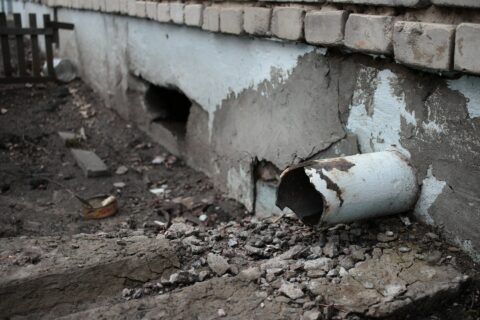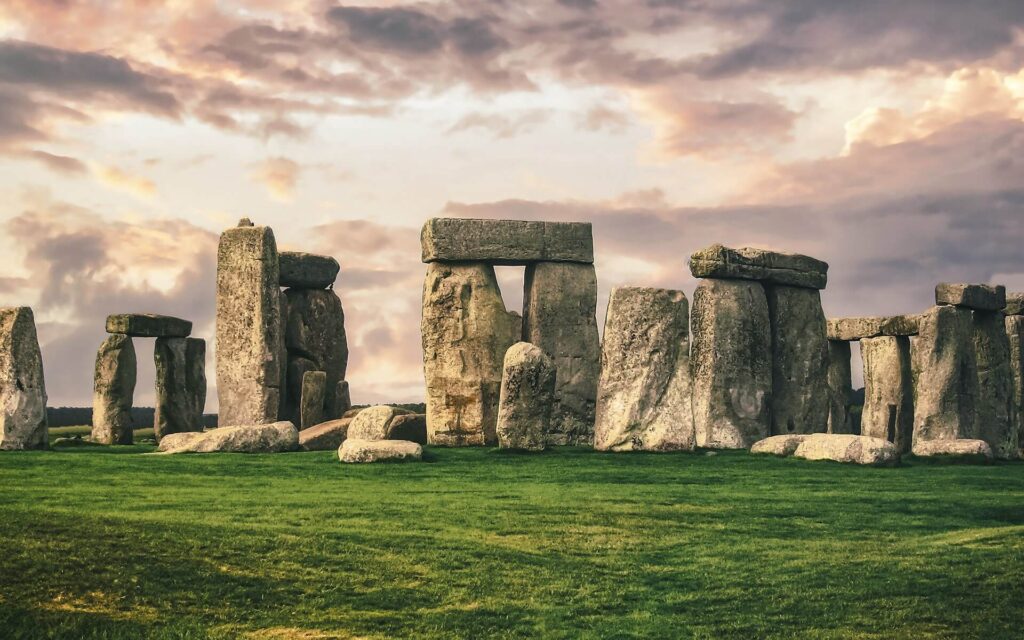The phrase “Seven Wonders of the World” evokes images of grandeur and ingenuity – the pie-in-the-sky dreams and feats eventually etched into the annals of history.
While today’s New Seven Wonders have their claim to fame, there remains an enduring allure to the original Seven Wonders of the Ancient World – structures that once enthralled travelers, poets, and philosophers, yet now, most are mere echoes in the sands of time.
In this deep-dive blog post, we’re donning our virtual archaeological hats to not only recount each wonder’s grand history but also to unravel the stories of societies whose monumental aspirations left an indelible mark on human achievement. Grab your compass and imagination as we venture through the extraordinary past of these architectural marvels.
One of the fascinating aspects of the Wonders of the Ancient World is their ability to inspire modern marvels and experiences, including unique attractions like inflatable rentals. These inflatable structures allow people to engage in fun and adventurous activities while reflecting on the ingenuity and creativity of ancient civilizations.
Whether it’s a towering inflatable replica of a historical landmark or a themed bounce house that takes children on a playful journey through history, such rentals offer a memorable way to celebrate our past.
For those interested in adding an exciting twist to events or gatherings, inflatable rentals provide a perfect blend of enjoyment and education. Learn more about how you can bring the spirit of ancient wonders to your next event with our inflatable options!
The Great Pyramid of Giza
A Structure Defying Time and Odds
Standing proud as the oldest and only ancient wonder still in existence today, the Great Pyramid is a testament to the might and majesty of the ancient pharaohs. It was built for Khufu, also known as Cheops, with such precision that modern architects are astounded.
Building Blocks of Eternity
The pyramid is not just a tomb but a cosmic machine that aligns with star constellations, embodying the pharaoh’s celestial aspirations, not to mention the intense labor it required to transport and stack the two-million stone blocks.
Uncover the Mysteries
Despite centuries of exploration, the Great Pyramid still harbors secrets, such as hidden chambers, booby traps, or the mythical “Hall of Records.” This architectural enigma continues to challenge today’s scholars and sleuths.
The Hanging Gardens of Babylon
A Lush Oasis in the Desert
The Hanging Gardens of Babylon are perhaps the most elusive of the Seven Wonders, with no direct archaeological evidence to confirm their existence, only the vivid descriptions of their splendor in ancient texts.
Fact or Fiction?
Scholars debate whether these terraced gardens, irrigated with innovative systems, truly existed in the heart of the desert. The mystery adds a tinge of romance to the notion of lush gardens rising high, perhaps to console a homesick wife, Nebuchadnezzar II, around 600 B.C.
If It Blooms, It Boomed
No archaeological findings have debunked the Garden’s existence, only refrained from proving it. If it did bloom, it’s a marvel of engineering and horticulture, with multi-level gardens irrigated without modern know-how.
The Statue of Zeus at Olympia
Carved to Rule the Gods
Chryselephantine – a term for sculptures made of gold and ivory – describes this largest classical Greek statue of the god of sky and thunder. It was crafted by Phidias, renowned for his work in Athens’ Parthenon.
A Glimpse of Zeus
The statue portrayed Zeus sitting majestically in a magnificent temple, considered a masterpiece of fine art and skillful engineering, lost since the 5th century AD, only surviving in illustrations and writings.
Divine Details
The statue wasn’t just golden and colossal; it was also a study in detail, with ornate ivory carvings on his drapery and life-like copper facial features. The craftsmanship, if seen today, would underscore the Greeks’ pursuit of aesthetic excellence.
The Temple of Artemis at Ephesus
Sanctuary of Sustenance
Artemis, the Greek goddess of the hunt and moon, was honored in a temple fortress so grand that its destruction and rebuilding became famous events, marking the passage of time.
Twice Blessed
The temple was reborn twice – first, after a flood in 600 BC, exhibiting a newer, grander design. It was re-consecrated in 323 AD only to succumb finally to the tides of Christianity, dismantled to reuse materials.
An Ecclesiastical Epic
It withstood earthquakes, but its eventual fate was a decree of a newer faith. The site witnessed history’s conflict with its symbols, it stood testament to civilizations transforming.
The Mausoleum at Halicarnassus
Monument for Mortality
The Mausoleum is an embodiment of marble built for Mausolus, a satrap in the Persian Empire, and his sister-wife – combining the form of a Greek temple with monumental architecture.
The Word’s Origin
From its grandeur, the Mausoleum inspired the modern term “mausoleum.” Its grand scale and detailed reliefs depict Greek gods and Trojan War scenes, making it a culmination of ancient myths and stories.
A Mausoleum’s Legacy
The tomb’s construction might have been accompanied by tragedy, but in the resulting structure, Halicarnassus found an eternal spotlight. The edifice was a centerpiece, not only in life but also in literature and language.
The Colossus of Rhodes
Standing Tall Against All Odds
Unlike any other statue of antiquity, the Colossus of Rhodes was gigantic, a symbol of the pride and resilience of an island that had withstood a siege.
A Beacon of Freedom
Erected to pay respects for their freedom from Macedonian rule, the statue’s strategic location meant that to enter the harbor, ships had to sail between its legs – a navigational wonder of its time.
Siege to the Seabed
The Colossus’s fate at the hands of an earthquake is as legendary as its construction, with accounts muddled between historical fact and folklore. It is said that it lay submerged in harbor waters for over 800 years before being dismantled for scrap.
The Lighthouse of Alexandria
Guiding Star of the Ancient World
The Lighthouse of Alexandria, a dazzling beacon at the edge of the ancient world, was the tallest man-made structure for centuries upon its completion, shaping Alexandria’s skyline.
Pharos – Engineering Triumph
Pharos was more than a towering lamp – it was an engineering feat. Its breadth wasn’t just a testament to the Alexandrians’ seafaring culture but also to their expertise in construction and mechanics.
A Light Dimmed
Repeated earthquakes finally extinguished Pharos’s lamp, toppling its monumental stones into the Mediterranean. Today, its memory and the maritime term “pharos” endure, the latter reminding sailors the world over of its shining legacy.
Exploring the Legacy of Legends
Each Wonder of the Ancient World was a physical, artistic, and intellectual endeavor, defying challenges and transcending time. They not only shaped skylines but also inspired cultures and conversations around the globe.
The clues and fragments they’ve left behind continue to tantalize us with the ingenuity and ambition of our ancient ancestors. Despite their disappearance from the world we inhabit, these wonders invite us to ponder and appreciate a shared human legacy of innovation and aspiration.
They stand not just as immortal vestiges of antiquity but as an intangible, yet palpable encouragement for the limitless heights to which human imagination and endeavor can soar.
For enthusiasts, scholars, and everyday explorers alike, the Seven Wonders of the Ancient World remains a trove of inspiration and continues to be one of history’s most captivating chapters.
Winnowing the line between myth and history, they spur us on a boundless quest for comprehension of the marvels and miseries that crafted our present. If you’re keen to unearth more on the Seven Wonders of the sagas of ancient civilizations, there’s always more to discover.
Each wonder holds an aspect of humanity’s unyielding spirit to innovate, admire, and, ultimately, wonder. Preparing for future expeditions, we must remember that though these marvels no longer cast their shadows, they cast aspersions on today’s efforts, imbuing them with the gravity they deserve.










